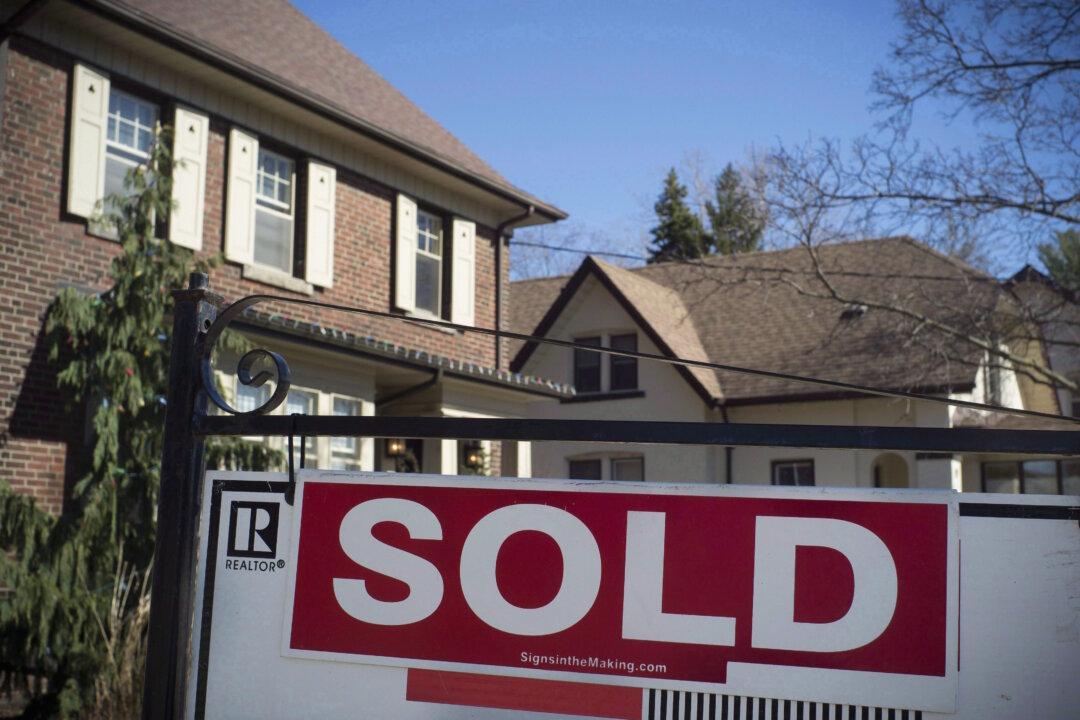How quickly things change for Toronto’s housing market. At the start of the year, prices were rising by more than 30 percent annually.
But as was seen in Vancouver, eventually the market wobbles under its own weight. It gets to a point where there aren’t enough buyers capable of paying ridiculous prices.






